Edward Flaherty's Blog: flahertylandscape, page 35
May 4, 2016
Implied Basics
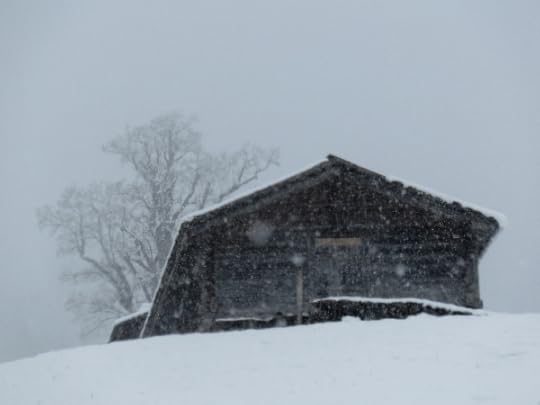
In this photo is the loop of life. All the basics are there or implied. Tree yields wood for shelter. Tree implies arable soil and vegetation upon which all life subsists. Snow is the provision of water. That is all. The fuzzy bit is the uncertainty that all get automatically at the time of birth. But even with uncertainty the entire picture can indeed have balance, even though asymmetrical.
On 1May2016 an unexpected snow fell.
Sometimes sharp and crisp doesn’t tell the story. Fuzzy around the edges, that is real life. Between the door of birth and the door of death, uncertainty, that is the real day to day life.


April 30, 2016
African integration, early adapters
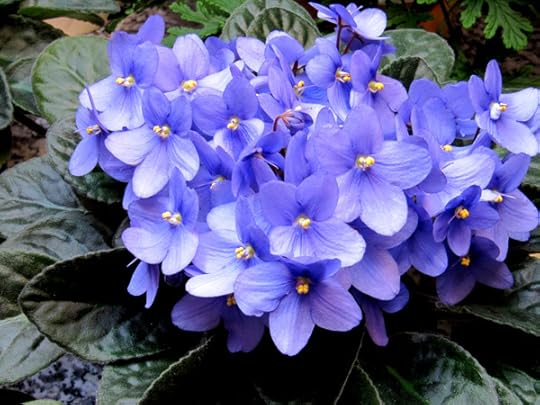
I wonder how many people during the past century have been inviting these Africans into their homes and caring for them.
African violets: Saintpaulia ionantha. Seem right at home in either the kitchen or the living room.[image error]


April 29, 2016
Dubai Landscape: the humans
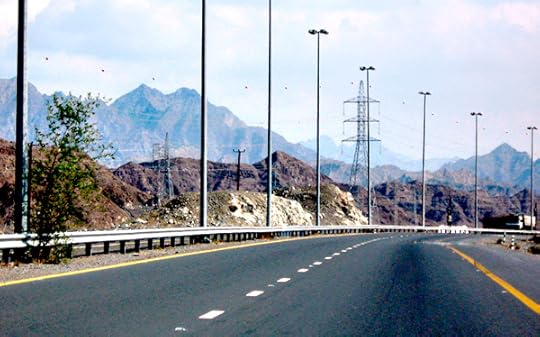
The Hajar mountains run along the Emirati and Omani border. Directly on the coast of the Gulf of Oman, they actually collect reasonable monsoon rain remnants about 1,000km south at Salalah, just before the Yemeni border. But here in this photo, the rainfall is rare. These mountains are quarry resources for the entire Gulf region.
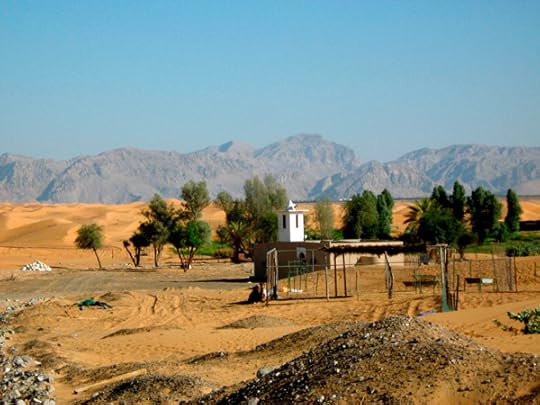
The Desert Zone bumps against the Mountain Zone. In the Desert Zone, only the presence of water supports humans. Even with water, humans struggle in the Empty Quarter.
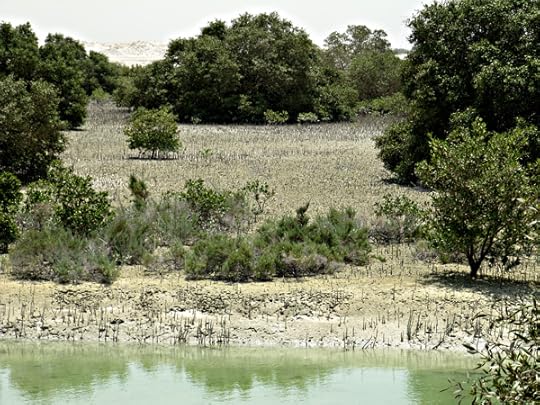
Avicenna marina, al qurm in Arabic. Salt water plants. Mangroves, lots of them in the region; except in Dubai where they are found only in the Ras al Khor Wildlife Sanctuary–in the heart of Dubai Municipality. Mangroves enabled coastal life and architecture (branches for lintels and beams), fodder (leaves), cooking (charcoal). Besides date palms, they had no other woody plants.
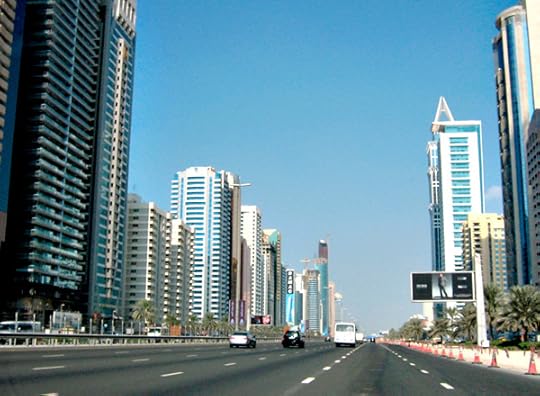
Dubai urbanification–this is the Coastal Zone. In fact, it is the heart of a growing 200km long megalopolis connecting Ras al Kaimah in the north to Abu Dhabi in the south. And it was once…Empty Quarter.


April 26, 2016
Dubai Pent Up Demand
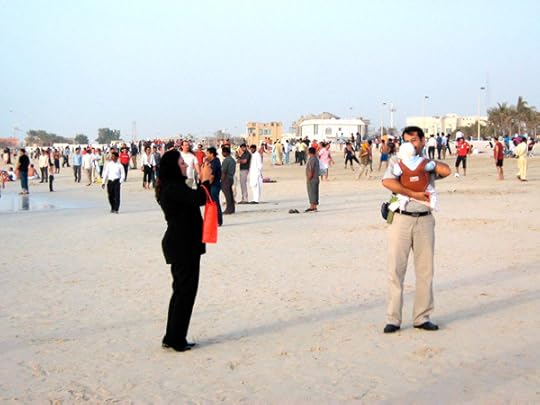
Dubai–pent up coast demand. Everybody lives in AC apartments; but humans flood the coast, climate permitting, weather permitting.
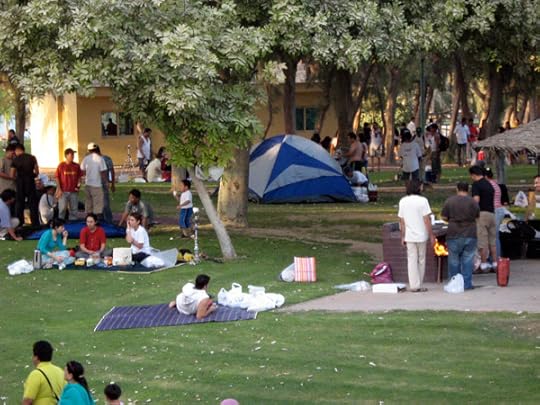
Dubai–pent up park demand. Weather permitting, climate permitting–a green park on the coast.
Remember the landscape context–this is the Empty Quarter–coastal edge, coastal zone.
Blue or green is rare and highly sought after, difficult to access. The coast line of the Gulf. City parks. The above two images are what I think the planners call ‘pent up demand’. But you’ve got to drive to get to these nodes. Tell me these green and blue major recreation nodes should not be 10 minutes or less walking from every front door.
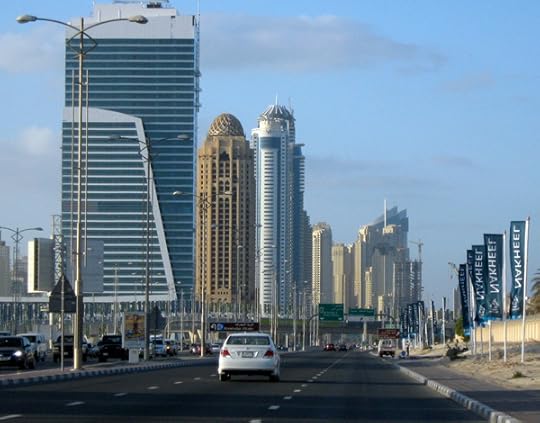
Where’s the coast? Where’s the park? How do I get there?
Dense apartment life everywhere–that is Dubai.
So I said what might that locally accessible (ten minute walk max) neighbourhood park look like?
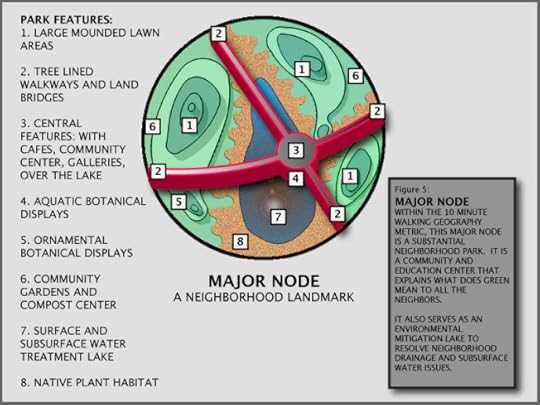
Dubai Blue::Dubai Green
Dubai Dream–should be a major node, a landmark–something to organise the neighbourhood around–next to the local mosque.

Need green? It’s the plants! You need the plants.


April 23, 2016
Dubai Transect Landscape
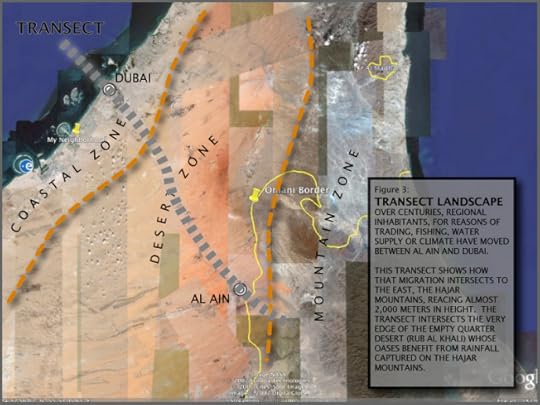
Dubai Municipality sits in the Coastal Zone. Al Ain is an oasis in the Desert Zone. The oasis is supplied by rare monsoon remnants, from the Gulf of Oman, captured by the Hajar Mountains in the Mountain Zone.
I wanted to understand a little more about the larger landscape into which the Dubai Municipality sits. Dubai Municipality is just a narrow, but intensely built, strip along the edge of the Gulf. From the above satellite image–it is hardly visible.
The landscape transect distance from Dubai, at the Gulf coastal edge, above on the left, across to the right to the Gulf of Oman is 100km.
Many times, I drove that transect through the Dubai Emirate on a main road, identifying essentially three distinct landscape eco-zones:
Mountain Zone, the 2000meter high Hajar mountains (humans quarry stone);
Desert Zone, the Rub al Khali sand desert (no water, no humans); and,
Coastal Zone, the Gulf coast Dubai urbanification (megalopolis hoards of humans hiding from the climate or mangroves).
A Dutch doctor, a General Practitioner, Marijcke Jongbloed, lived in the United Arab Emirates for twenty years. She surveyed, 1983-2003, the landscape of the UAE. She compiled her findings in a book entitled, The Comprehensive Guide to the Wild Flowers of the United Arab Emirates. She photographed each plant in its natural habitat, annotated a location map and commented on how the plant was used by humans (ethnobotany). Best reference I found for plants in the UAE.
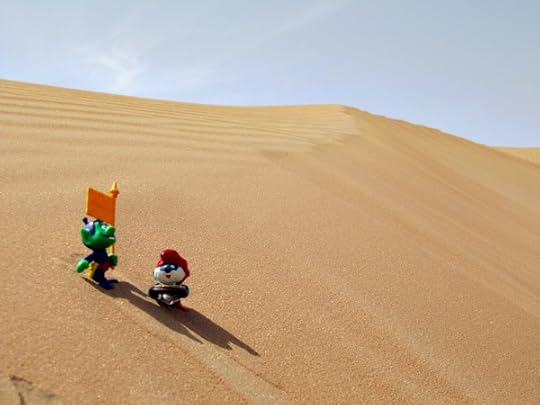
Aladdin? A lamp? No, it’s the Empty Quarter and it’s full of sand and genies…No!! It’s full of djinnis and gnomes and surfs and a whole lot of people…but the humans only live along the edges, right? No, no, no…it is nothing…nothing but a mirage.
Mirage…dream, dream, dream…when I want you in my arms, when I want you and all your charms…whenever I want you, all I have to do is dream…the Empty Quarter…dream.
[image error]
(dream, courtesy of The Everly Brothers)


April 18, 2016
Family Vacations, Dubai Style

In my 2006-2010 search for the Dubai landscape, I found Dubai was two entities. An Emirate, one of the seven that comprise the United Arab Emirates. And a Municipality, in the centre of a burgeoning 230km coastal megalopolis stretching from Ras al Khaymah in the north east all the way south west to Abu Dhabi.
The rulers of Dubai, the Emirate and the Municipality, are the family of Shaik Mohammed bin Rashid al Maktoum. Shaikh Mohammed, born in 1949, is the Vice President and Prime Minister of the United Arab Emirates (UAE), and Emir of Dubai.
He has built Dubai and its hospitality offerings as a place for family vacations.
That’s the official story but even in the ‘winter’, I found the weather too hot to be in the sun very long, before seeking AC. And in the summer, sometimes only after midnight it might be ok for casual walks of more than 15 minutes, before seeking AC.
I was in a conundrum. Maybe it was my cultural upbringing, but I thought that family vacations were outdoor experiences. Yet in the Dubai landscape, I found its climatic extremes always pushed me back indoors. Aha! The aha moment–AC shopping–indoors–spectacular architecture and attractions–yes indoor shopping as a family vacation. Hmm.
Family vacation with outdoor landscape as a condiment. Just use it a little. Hmm…


April 17, 2016
World Hemisphere
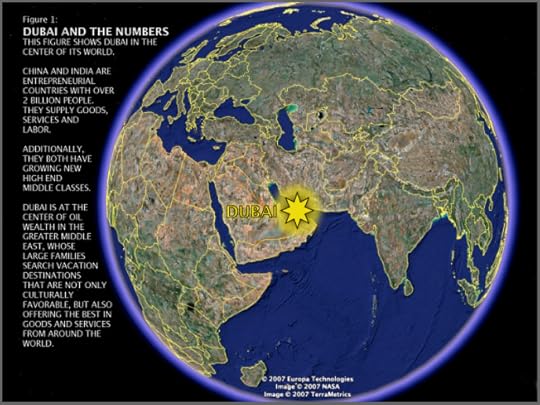
Dubai sits in the centre of this world.
I visited Dubai in the early 90s for business. Then in 2006, I moved to Dubai for business–four years living and doing business in Dubai, Abu Dhabi and the Liwa Oasis.
My landscape challenge was a simple question: what is the Dubai landscape? Never found the answer. But in 2007 I put together a short series of seven figures that addressed some important landscape issues in the region.
This one addresses the population dynamic of the humans in a hemisphere that is measured by a six hour or less jet flight from Dubai. This is a Dubai-centric world hemisphere.


April 3, 2016
Prim Roses: the revolution

Primula urbanica
Fighting to re-occupy what we humans call the city, the 21st century warriors, Primula urbanica, escaped captivity and weaponised to take the battle to the humans.
Don’t we all dream of this day of reckoning?!
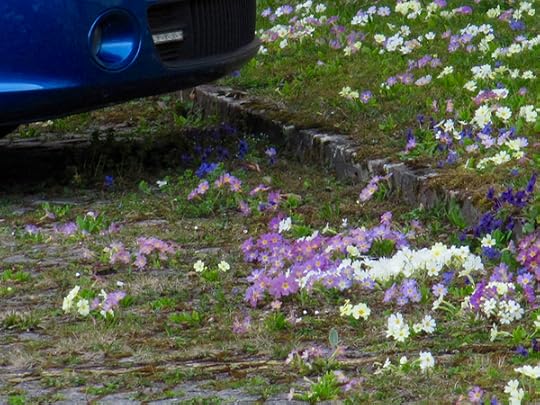
They’re over the barriers already!!!
Look!!! They’re pouring over the barriers!! Victory is in our grasp!
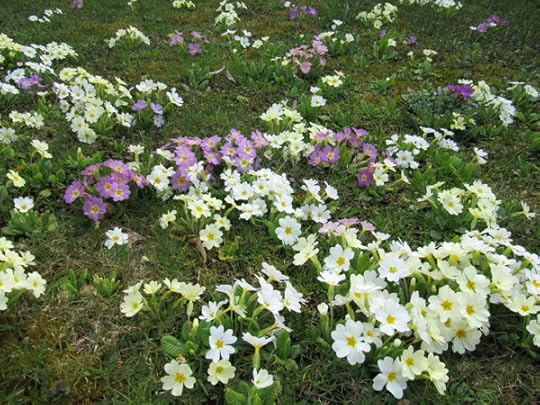
Primula vulgaris
The Prim Roses back at camp, some resting from combat, others in training. For decades they suffered indignities. Humans spat foul names at them. Vulgaris they endured.
Until they discovered the portal to the inner secrets of the Berner Oberland. Behind the scenes, evolution became weaponised and the revolution began. In the dark corners of unknown-to-tourists stubbes can be heard the whispered discussions of Prim Roses: Flowers at every doorstep–no more easy access to cars!
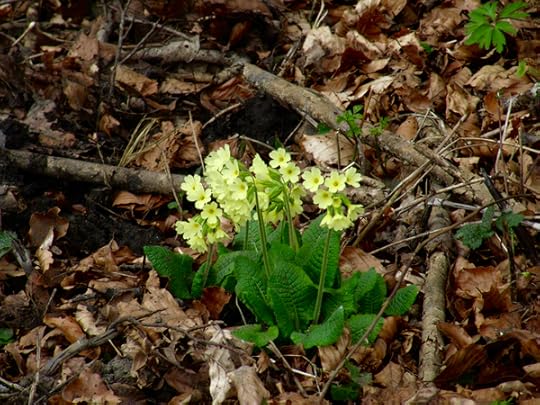
Primula vera
Just past the edge of town, along the creeks, the Wildings keep a cool eye on operations, the battles in town. Sweet revenge. Order returns.


March 22, 2016
An Invitation

When I looked at these flowers, I was invited to look closer.
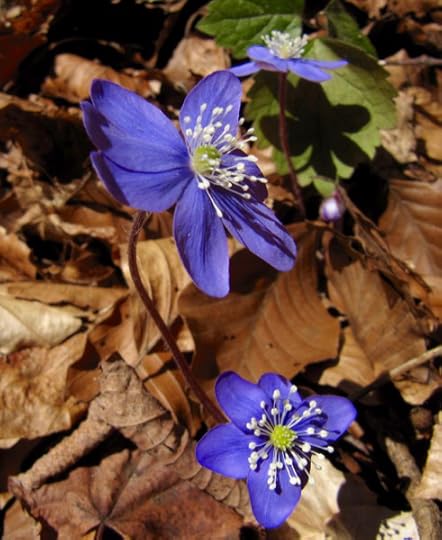
Upon closer inspection, the invitation became personal.
But then I didn’t have time and continued on my way.
…still wondering where that invitation would have led me…what did I miss?
Can’t go back.
Will I have another chance?


February 20, 2016
Les plantes médicinales
There was a time…when many people understood the secrets of plants. Today, Christophe Descroix sets out to re-educate the humans. Do not be afraid. Read. Decide yourself.
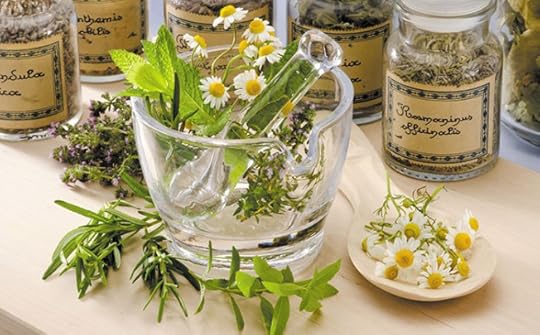
Ce sont des plantes utilisées pour leurs propriétés thérapeutiques. Cela signifie qu’au moins une de ses parties (feuille, tige, fleur, racine ) peut être employée dans le but de se soigner. Elles sont utilisées depuis au moins 7.000 ans avant notre ère par les Hommes et sont à la base de la phytothérapie.
Les principes actifs des plantes médicinales
Beaucoup de plantes médicinales possèdent plusieurs activités thérapeutiques car le plus souvent elles contiennent plusieurs principes actifs dont les effets sont additifs et/ou complémentaires. Ce phénomène explique également qu’en phytothérapie, plusieurs plantes ou parties de plantes sont fréquemment utilisées en association afin d’obtenir un effet optimal. Leur efficacité relève de leurs composés, très nombreux et très variés en fonction des espèces, qui sont autant de principes actifs différents.
Lorsque les principes actifs sont connus, il est souhaitable de normaliser leur dosage par des méthodes validées, comme cela est fait pour les…
View original post 723 more words


flahertylandscape
I read and write about landscapes.
SPECIAL NOTE:APR2022,
I’ve published Tangier Gardens, March2022.
Please visit my Amazon book page to learn more https://amzn.to/3HLrtyv
A This is Edward Flaherty's blog.
I read and write about landscapes.
SPECIAL NOTE:APR2022,
I’ve published Tangier Gardens, March2022.
Please visit my Amazon book page to learn more https://amzn.to/3HLrtyv
Also I have selected from Listopia, the following appropriate lists:
Fiction Magical Gardens
The Thoughtful Garden
Literary Gardening
Novels about Gardens
In the Gardens
Books Featuring Gardening
Gardens Fact or Fiction
Flowers on Covers
New Indie Books
Being Green
Landscape Architecture and Design
I believe in Green Things
Mediterranean Setting
Books in and about Morocco
North Africa
Books Set in Morocco
Before You Visit Morocco
Tangier
I’d be pleased if you would add Tangier Gardens to these lists.
I’d be even happier if you emailed me with your interest to read Tangier Gardens. I will immediately email you the ARC.
Thank you kindly, ...more
- Edward Flaherty's profile
- 5 followers




